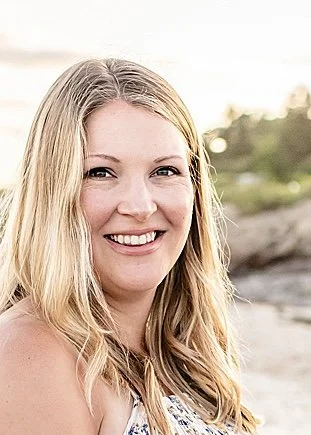144: The One Thing: Culture of Collaboration with Amanda Scheriff Hobson M.S., CCC-SLP
As a specialist we enter a team with our own agenda and expertise related to our field. Most speech-language pathologists find themselves on a team of other specialists and family members who bring their own agenda and expertise to the table. In order to collaborate effectively as a team we must take the perspective, or step into another person’s point of view, of the other team members. Considering multiple perspectives facilitates mutual goal setting and intervention related to an individual’s needs.
Key Takeaway:
Perspective taking is a critical skill required in successful collaboration. Taking the point of view of another team member to consider their lens promotes a person centered approach to assessment and intervention planning. Despite the setting, team type, or needs of the individual perspective taking is an essential clinical skill to develop and maintain positive rapport and therapy outcomes.
Resources
Various team types exist in various settings. These definitions can help to differentiate between the different types of teams.
This article has a great outline of how to capture parent perspectives. Even though it is written with the NICU team in mind, the format can be applied across settings! If you are a member of the Informed SLP, this review covers the key take-aways.
Parents share their perspectives of successful collaboration with therapists and unhelpful strategies as rapport is built. If you are a member of the Informed SLP, this review covers the key take-aways.
ASHA’s Interprofessional Practice: ASHA’s overview of IPP including their definition, barriers to implementation, and a how-to guide. Check out the video on how IPP is being used at the Kennedy Krieger Institute's Fairmount Campus.
There are some tools that can help facilitate perspective taking. Joy Zabala’s website, the creator of the SETT framework, provides templates for use to begin utilizing the framework for tool planning based on identified barriers for an individual. These one page profiles can support all team members, the client included, identify what is important to facilitate client growth and independence. When collaborating with off site team members, a working document such as an AAC implementation plan can support communication
Find Amanda on instagram @amandahobsonslp or amandahobsonslp@gmail.com
Thanks for these great resources, Amanda!
Amanda Scheriff Hobson graduated from Iona College with a B.A. in Speech-Language Pathology & Audiology and from Northeastern University with an M.S. in Speech-Language Pathology. She started her career in private practice and has since gained experience in the outpatient, home, and school settings for the pediatric population. For the last six years, Amanda has been an SLP at LABBB Collaborative in Burlington, Massachusetts, a multi-district collaboration with sub-separate classrooms in the public school setting serving students ages 3-22 with various levels of abilities and needs. In addition to her caseload of elementary students with complex communication and social emotional needs, she is the speech therapy department head. Amanda is passionate for supporting AAC users and their teams in their communication journeys. A New York transplant, Amanda now lives with her husband, daughter, and dog on the north shore of Massachusetts.
REVIEW the podcast
You’ll earn my undying gratitude by leaving a review on Apple Podcasts! Reviews help other SLPs find the podcast. Also, I love reading your feedback! Just click here to review, select “Ratings and Reviews” and “Write a Review,” and let me know your favorite part of the podcast. Malaho plenty!












